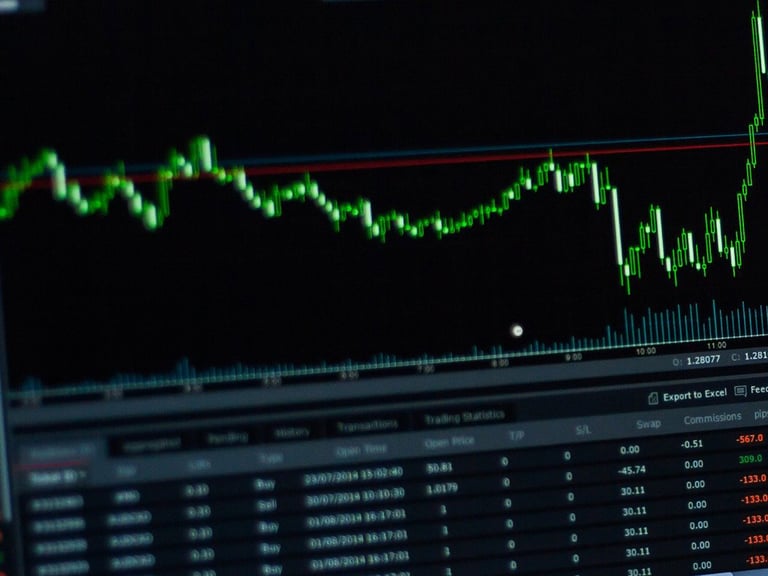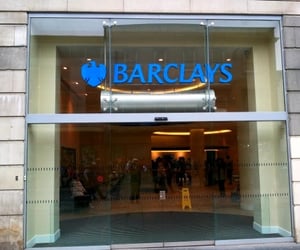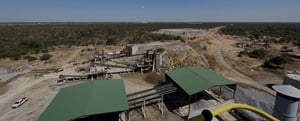Burberry Group PLC (BRBY.L), a stalwart of British luxury, is a name synonymous with high-end fashion and timeless design. Founded in 1856 and headquartered in London, Burberry has built a legacy on quality craftsmanship and innovation in the luxury goods sector. Despite its historic prestige, the company currently faces a challenging market environment, as reflected in its recent financial performance and stock metrics.
Burberry’s current stock price stands at 738.8 GBp, showcasing a slight uptick with a minimal price change of 0.02%. The 52-week range, spanning from 571.00 to 1,235.00, reflects significant volatility, indicative of broader economic influences impacting the consumer cyclical sector and, more specifically, the luxury goods industry. The company’s market capitalisation, valued at $2.65 billion, underscores its substantial presence in the global market.
A closer examination of Burberry’s valuation metrics reveals a rather perplexing picture. The absence of a trailing P/E ratio and the staggering forward P/E of 4,295.60 suggest investor scepticism about future earnings growth. This is further compounded by the lack of available PEG, Price/Book, and Price/Sales ratios, which typically serve as barometers for assessing growth relative to market expectations.
Performance metrics paint a more cautious portrait. Burberry has experienced a revenue contraction of 22.20%, a stark contrast to the growth narratives often associated with luxury brands. Despite this, the company reports a modest earnings per share (EPS) of 0.11 and a return on equity of 3.74%, which may provide some reassurance to shareholders. However, the negative free cash flow of -£12,625,000 raises questions about the company’s cash management strategies amidst these turbulent times.
Dividend enthusiasts may find Burberry’s current payout ratio of 559.63% concerning, particularly as the dividend yield remains unlisted. Such a high payout ratio can often signal unsustainable dividend practices unless supported by robust earnings growth or cash reserves, neither of which are evident in Burberry’s recent financial disclosures.
The sentiment among analysts is mixed, with six buy ratings, eight holds, and five sell recommendations. This diverse range of opinions reflects the uncertainty surrounding Burberry’s ability to navigate the current market headwinds. The average target price of 931.74 suggests a potential upside of 26.11%, indicating some optimism for future share price recovery, albeit within a target price range that varies widely from 490.00 to 1,330.00.
From a technical analysis perspective, Burberry’s 50-day and 200-day moving averages of 872.38 and 837.07, respectively, highlight a stock trading below its longer-term averages, often considered a bearish signal. The Relative Strength Index (RSI) of 36.69 further indicates that the stock is nearing oversold territory, potentially presenting a buying opportunity for contrarian investors. Meanwhile, the MACD and Signal Line at -41.75 and -61.96, respectively, add further complexity, suggesting continued downward momentum.
Burberry operates across diverse geographic markets, including Asia Pacific, Europe, the Middle East, India, Africa, and the Americas, providing a degree of resilience through geographic diversification. The company’s strategy of leveraging both direct retail and licensing models helps extend its brand reach, yet recent financial figures suggest that more strategic pivots may be necessary to adapt to changing market dynamics.
For investors, Burberry presents a complex case of tradition meeting modern market challenges. While the brand’s legacy and global footprint offer inherent value, current financial indicators and market volatility demand careful consideration. As the company seeks to regain its footing, investors will need to closely monitor key developments and strategic initiatives that could influence Burberry’s trajectory within the luxury goods sector.





































